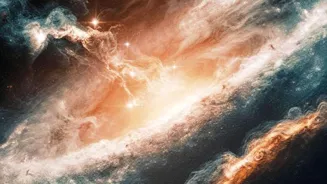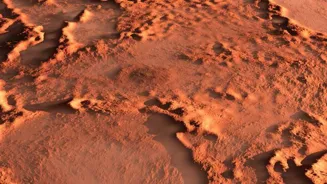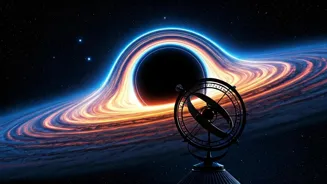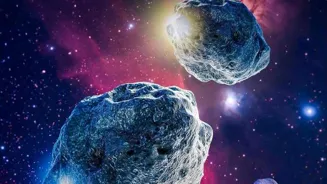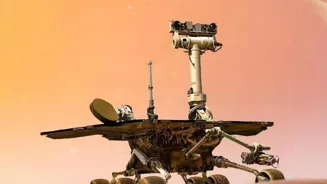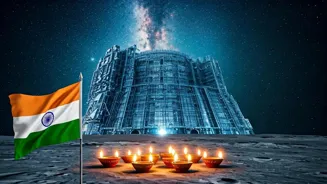Unveiling the Secrets of the Universe: Discovering the 10 Most Distant Galaxies Ever Found. Explore the cosmic wonders!
The cosmos, a vast and unending expanse, holds secrets that have captivated humankind
for centuries. Now, with the help of powerful telescopes like the James Webb Space Telescope (JWST), we are peering further into the depths of space and time than ever before.
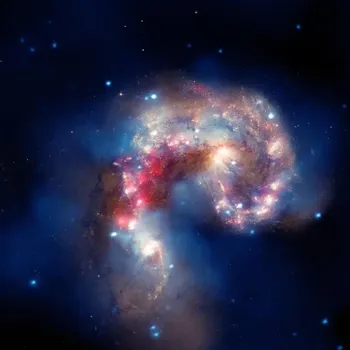
This has led to the discovery of some of the most distant galaxies ever observed, offering an extraordinary glimpse into the universe's infancy. These are not just faraway objects; they are time capsules, showing us how galaxies looked billions of years ago, shortly after the Big Bang.
Looking at these distant galaxies is akin to archaeology, but instead of digging up the past from earth, we are observing the ancient light traveling across vast distances to reach our telescopes today.
It's a mind-boggling achievement that pushes the boundaries of our understanding of the universe.
Ancient galaxy discoveries reshape understanding of cosmic evolution and early universe conditions
These discoveries are a testament to not just technological advancement, but also to the unwavering curiosity of scientists. Each new galaxy found at such extreme distances rewrites our understanding of galactic evolution.
The light from these galaxies has traveled for billions of years, enduring an expansion of the cosmos itself. Scientists are now studying these galaxies to find clues about conditions that prevailed in the early universe. It is similar to studying the very early stages of our own Milky Way.
This research helps us understand the early build-up of structures in the universe, like the formation of heavier elements and the behaviour of cosmic dust. The study of ancient galaxies continues to captivate the scientific community worldwide, especially in India.
Faint light from distant galaxies analyzed using redshift for distance estimation
The light that reaches us from these galaxies is incredibly faint, demanding exquisitely sensitive instruments like the JWST. Further away these discovered galaxies go, the more profound redshifting occurs. The light stretches into lower-energy wavelengths; this is because of the expansion of space.
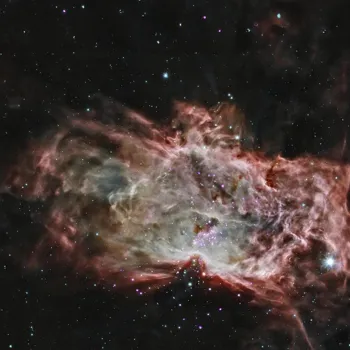
This stretches the light waves emitted in these early times of the universe and has it slowly move towards red on the spectrum. This is called cosmological redshift.
By measuring the redshift, astronomers can estimate the distance of these galaxies and, consequently, how far back in time we are looking. Finding and analyzing these faint signals is a monumental task, requiring extensive observation time and complex data processing.
Think of it like trying to catch a whisper from across a noisy stadium – the further away the whisperer, the harder it is to hear.
Studying early stars & galaxies reveals universe evolution
One of the most exciting aspects of these discoveries is the opportunity to study the very first stars and galaxies. These early galaxies were likely very different from the ones we see today. They tend to be smaller and more irregular in shape.
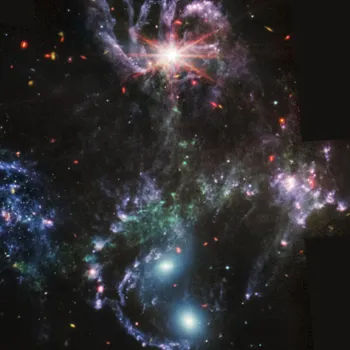
Many of them show a higher rate of star formation compared to present mature galaxies. These early stars, known as Population III stars, were formed from pristine gas composed almost entirely of hydrogen and helium.
They were incredibly massive and short-lived, ending their lives in spectacular supernovae that seeded the universe with heavier elements. Population III stars are also responsible for the reionization of the universe. This helps turn the universe from opaque to clear.
Understanding these first stars and galaxies is essential for piecing together the story of how the universe evolved from a homogenous plasma into the complex web of structures we observe today.
The James Webb Space Telescope revolutionizes space discovery; Indian scientists analyze its data
The James Webb Space Telescope, a collaborative project involving NASA, ESA (European Space Agency), and CSA (Canadian Space Agency), has been instrumental in these discoveries.
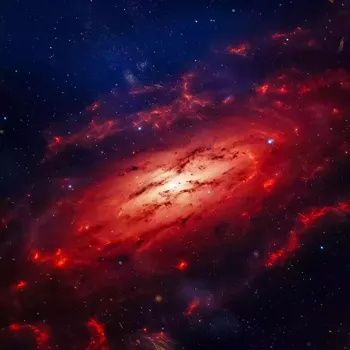
Its large mirror and advanced infrared sensors allow it to see through the dust and gas that obscures our view of the distant universe. The power of JWST has revolutionized our understanding. It has discovered a wealth of information in a short amount of time.
Indian scientists are playing an increasing role in analyzing data from JWST. Indian astronomers have contributed to the study of galaxy evolution using JWST data. They actively participate in workshops and conferences to share their findings with the global community.
Indian institutions also support research projects aimed at analyzing the data collected by the JWST.
Discovery of distant galaxies shapes our universe understanding and inspires future generations
The discovery of these distant galaxies is not just an academic exercise; it has profound implications for our understanding of our place in the universe.
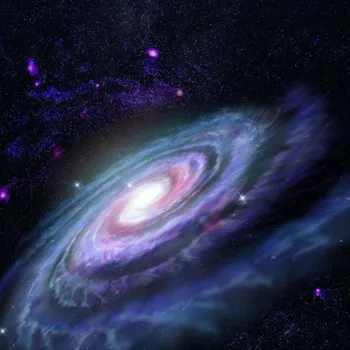
By studying these ancient objects, we can better understand the origins of galaxies, stars, and even the elements that make up our planet and ourselves. It helps us to refine our cosmological models. The discoveries shape how we imagine the universe to be.
This research fuels public imagination and promotes scientific literacy. Understanding the universe is a complex process. There are many more mysteries but these discoveries mark significant steps.
It will help us unlock some of the universe's biggest secrets and inspire future generations of scientists and explorers in India and around the world. These discoveries are not just about the past; it's about shaping our future.
